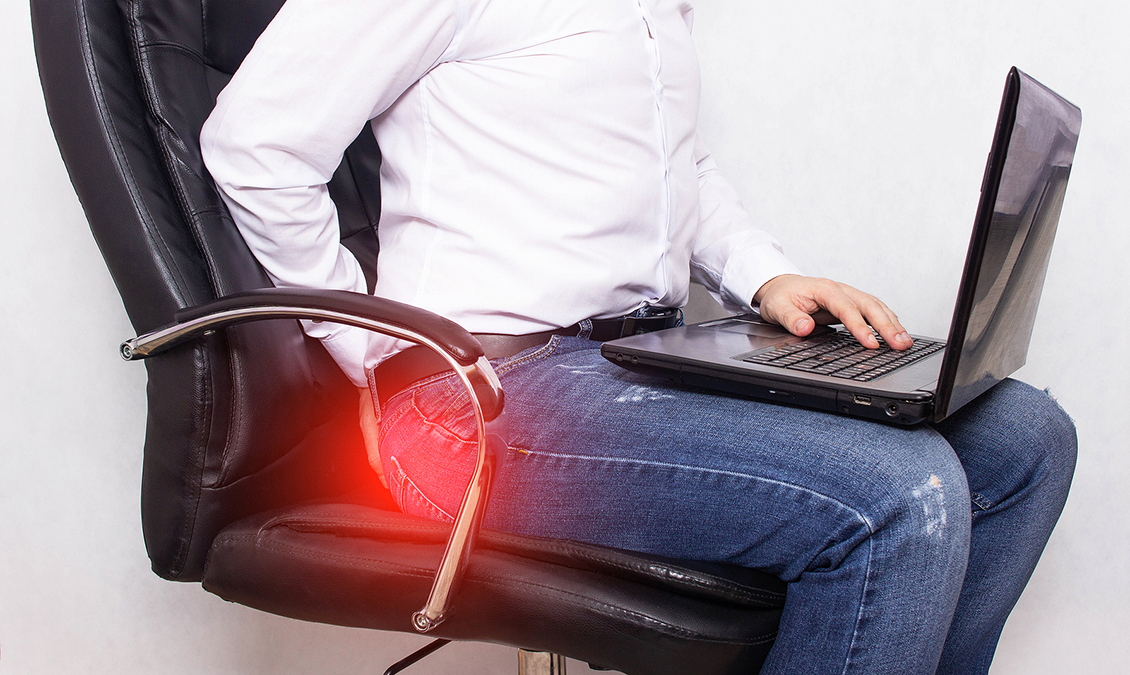 For decades, doctors have been giving this natural advice for hemorrhoids.
For decades, doctors have been giving this natural advice for hemorrhoids.
But they were wrong!
That’s according to a new study in the journal Diseases of the Colon & Rectum.
And it reveals exactly what you should do instead.
During an operation called the Ferguson hemorrhoidectomy, swollen veins around your anus are surgically removed.
It can be very effective, but patients often struggle with pain, swelling, and discomfort during recovery.
For years, doctors have recommended warm sitz baths, which is basically sitting in shallow warm water after hemorrhoid surgery.
The idea is that warm water helps increase blood flow, relaxes muscles, and cleans the area.
But some scientists started wondering if cooling the area with ice might actually work better to reduce pain and swelling.
This question led researchers to compare these two common post-surgery care options.
The study took place at E-DA Hospital in Taiwan and involved 166 patients who had undergone a Ferguson hemorrhoidectomy.
After surgery, the patients were randomly divided into two groups:
-
• Group 1 was treated with ice packing (a cool compress applied directly to the area).
• Group 2 was given the traditional warm sitz baths.
Doctors then monitored both groups to see how they felt over the following days, measuring things like pain levels, swelling, wound healing, and how much morphine they needed for pain relief.
The results gave the ice pack group a clear edge, especially in the first few days after surgery:
-
1. Ice pack patients reported significantly lower pain scores within the first 16 hours.
2. About 77% of the ice group had little or no swelling, compared to just 56% in the sitz bath group at 24 hours.
3. On a scale used to measure wound healing (the REEDA scale), the ice group scored better (2.56 compared to 3.27) after one week.
4. Patients using ice needed almost two milligrams less morphine within the first 24 hours—which is a big reduction in the use of very hard and addictive drugs.
5. Both treatments were equally safe, with few side effects.
In short, icing helped people feel better, heal faster, and take fewer opioids, which are all important benefits during recovery.

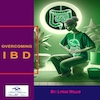 Overcoming IBD
Overcoming IBD Multiple Sclerosis
Multiple Sclerosis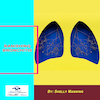 Banishing Bronchitis
Banishing Bronchitis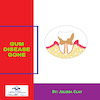 Gum Disease Gone
Gum Disease Gone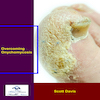 Overcoming Onychomycosis
Overcoming Onychomycosis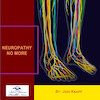 Neuropathy No More
Neuropathy No More The Prostate Protocol
The Prostate Protocol Brain Booster
Brain Booster
 Ironbound
Ironbound
 Solution for Shingles
Solution for Shingles
 The Bone Density Solution
The Bone Density Solution
 The Ultimate Healing Protocol
The Ultimate Healing Protocol
 The Parkinson's Protocol
The Parkinson's Protocol
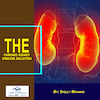 The Chronic Kidney Disease Solution
The Chronic Kidney Disease Solution
 Overthrowing Anxiety
Overthrowing Anxiety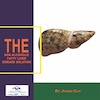 The Fatty Liver Solution
The Fatty Liver Solution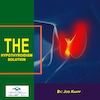 The Hypothyroidism Solution
The Hypothyroidism Solution
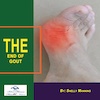 The End of Gout
The End of Gout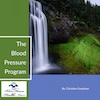 The Blood Pressure Program
The Blood Pressure Program
 The Oxigized Cholesterol Strategy
The Oxigized Cholesterol Strategy
 Stop Snoring And Sleep Apnea Program
Stop Snoring And Sleep Apnea Program
 The Arthritis Strategy
The Arthritis Strategy The Vertigo & Dizziness Program
The Vertigo & Dizziness Program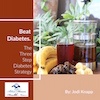 The 3-Step Diabetes Strategy
The 3-Step Diabetes Strategy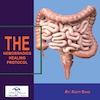 Hemorrhoids Healing Protocol
Hemorrhoids Healing Protocol The Erectile Dysfunction Master
The Erectile Dysfunction Master Weight Loss Breeze
Weight Loss Breeze The IBS Program
The IBS Program The Insomnia Program
The Insomnia Program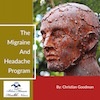 The Migraine and Headache Program
The Migraine and Headache Program The Neck Pain Solution
The Neck Pain Solution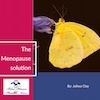 The Menopause Solution
The Menopause Solution The Ejaculation Master
The Ejaculation Master The TMJ Solution
The TMJ Solution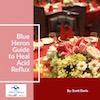 The Acid Reflux Solution
The Acid Reflux Solution The Fibromyalgia Solution
The Fibromyalgia Solution The Psoriasis Strategy
The Psoriasis Strategy